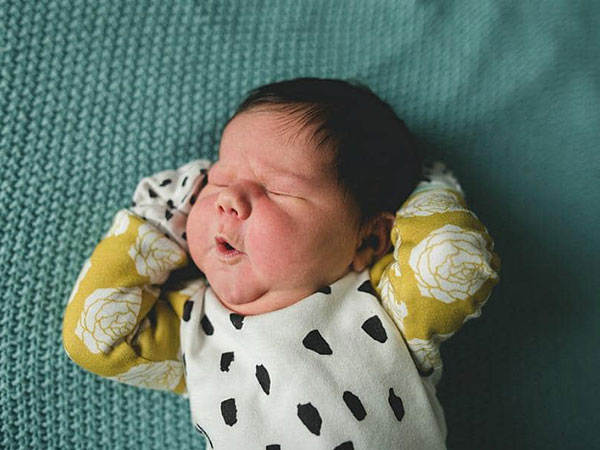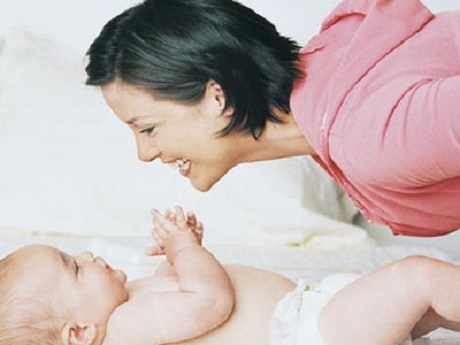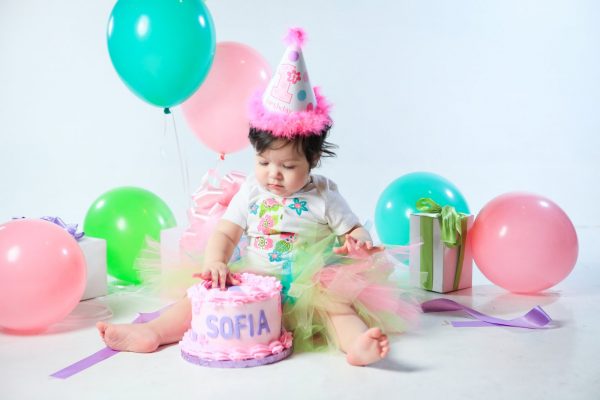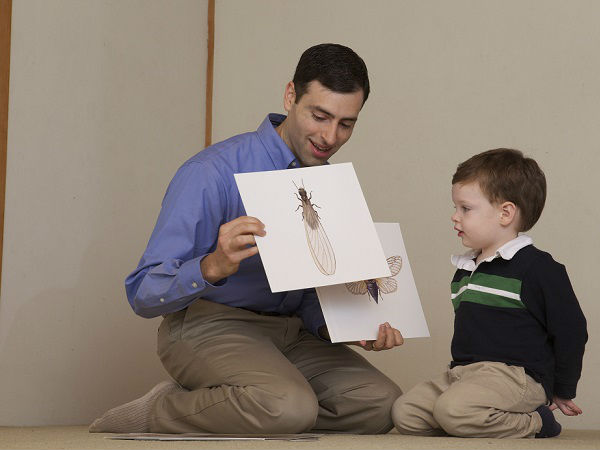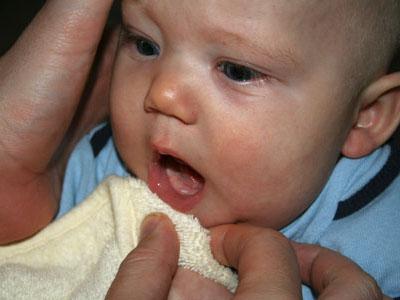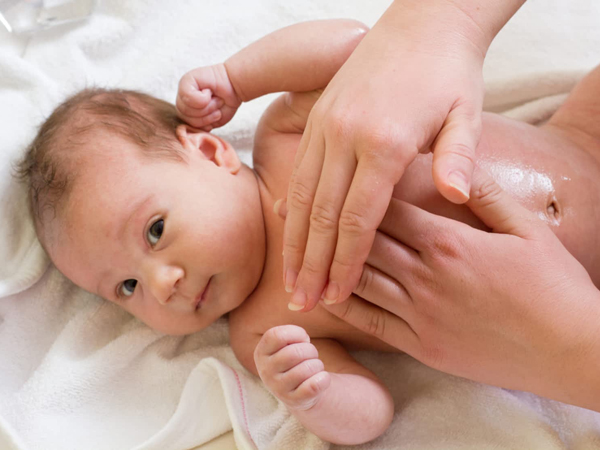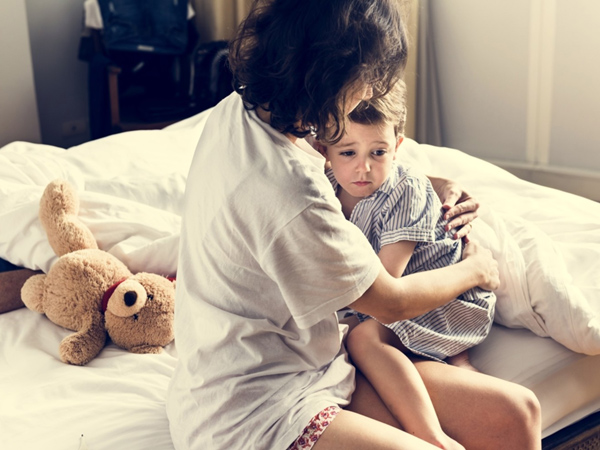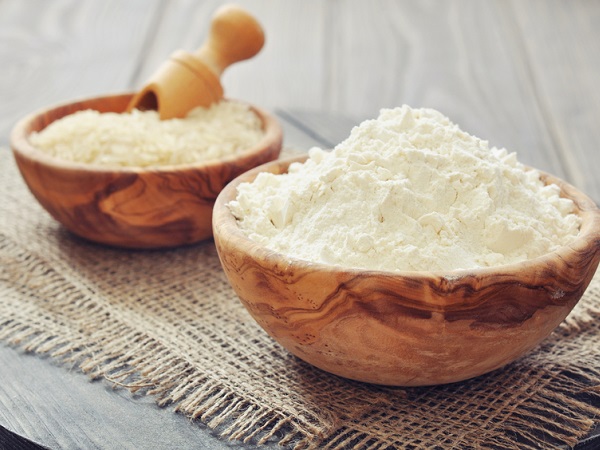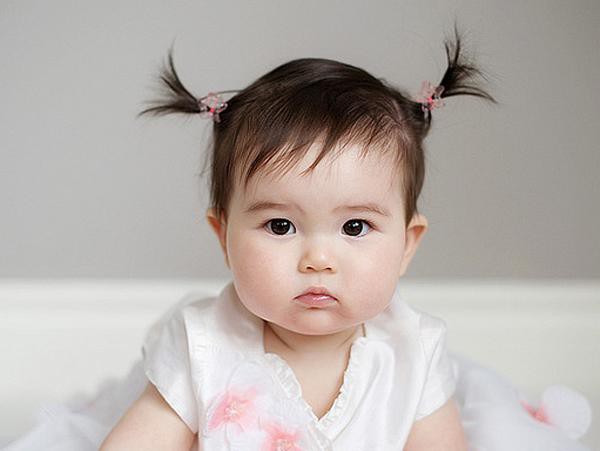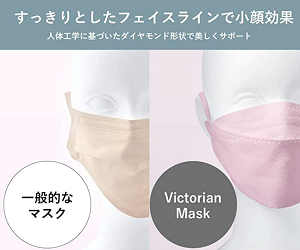Keeping your baby warm is one of the most important things to take care of a baby in the cold season. However, how do babies need to stay warm? Most mothers feel awkward when asked about this issue
content
Baby care in cold season: Dress according to temperature
Note when dressing for babies in cold season
Unlike adults, infants do not adjust their own temperature, so they are very susceptible to being affected by the environment. Therefore, when taking care of babies in the cold season, especially in the northern winter, mothers need to pay attention to keeping the baby warm. However, too much warmth can also lead to health problems. So, how to keep the baby warm?
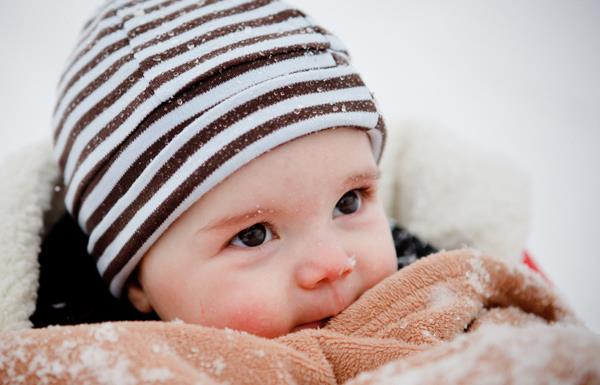
Not keeping your baby warm, or keeping him too warm in the cold season, can all lead to health problems
Baby care in cold season: Dress according to temperature
Feeling a bit chilly immediately helps children to wear warm clothes is a common habit of mothers. Many mothers even put their baby in a large cotton shirt regardless of the outdoor temperature. In fact, it is recommended that instead of giving the child a thick layer of clothing, the mother should let the baby wear many layers of clothes. This way will help mothers easily adjust when the temperature changes suddenly, avoiding hot sweating, which can lead to colds.
- The temperature is from 20-25 degrees Celsius: The mother should let the baby wear bodywear, bring more socks. The second layer will be pants, a sweater, and a thin hat. In addition, mothers can let the baby wear windbreakers and shoes.

Taking care of newborn babies in the winter: 4 notes for mothers Due to the incomplete resistance, babies born in the cold season, especially in the last months of the year in the North are at risk of catching colds, and at risk have pneumonia that is higher than normal. How to protect children in cold days? Refer to the following great moves mother!
- Temperatures from 15 - 20 degrees C: Replace the body suit with a wool suit to keep the baby as warm as possible. The second class mother can let the baby wear long pants, a sweater and a thicker hat. The outer layer is still the windbreaker layer, and at the same time mothers can let the baby wear boots and gloves.
- Temperatures from 8 - 15 degrees C: The innermost layer can be instant wool suit, with wool socks or tights. The next layer is thick sweaters, wool pants, overalls and thick wool hats. Finally there are coats, gloves and boots.
If your baby goes for a walk outdoors, he or she may need an extra thin towel covering the head and face. At the same time, the mother should pay attention, avoid leaving the baby at the top of the wind direction. If traveling by motorbike, let your child sit between parents.
Note when dressing for babies in cold season
- The innermost layer of clothing should choose natural fabrics to avoid irritating the child's skin. Synthetic materials should only be used for the outermost garment, avoid direct contact with the skin of babies.
- The exposed skin outside the clothing also needs special attention. You can apply moisturizer to your baby in these areas. Ideally, mothers should choose products for babies. Priority is given to products with a clear origin, reputation, and safe ingredients. Limit products with synthetic scents.
- According to experts, even in the coldest weather, mothers should only let the baby wear up to 4 layers of clothing. Otherwise, it will be very difficult for the child to move. From time to time, mom should put her hand on the shirt to check if the baby is hot. If so, mothers should remove 1-2 layers of clothes.

Infant care: Be careful about skin diseases Besides the nutrition, when taking care of babies, mothers should also pay special attention to protect their delicate skin. Compared with adult skin, infant skin is only 1/5 thinner, and adds a weak immune system, so the baby is very susceptible to skin diseases. The most common are the following diseases
- When dressing the baby, the mother should check the 4 body areas: arms, back, abdomen and feet. These are the four important positions that need to be kept warm. The baby's limbs are warm, which means mothers don't need to wear extra warm clothes for their babies.
- If you feel the baby is shaking, the cold limbs turn red or purple, the mother needs to warm the baby right away.
Babies do not need to bathe every day, especially in the cold season, because water can dry out their skin. When bathing your baby, mothers should bathe with warm water and should not let the baby soak in water for too long. The ideal time to bathe your baby is about 10-10:30 am or 13-16pm, because this is the time when a child's temperature is most stable.
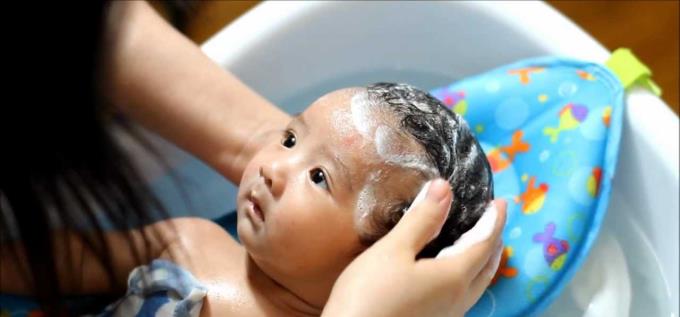
Bathing from bottom to top is an important rule when bathing your baby in winter
- When it turns cold, the mother should not let the baby wear too thick clothes right away. Instead, mothers should gradually increase layers of clothes to help babies increase tolerance to cold, thereby helping to reduce the risk of colds in infants and young children.
